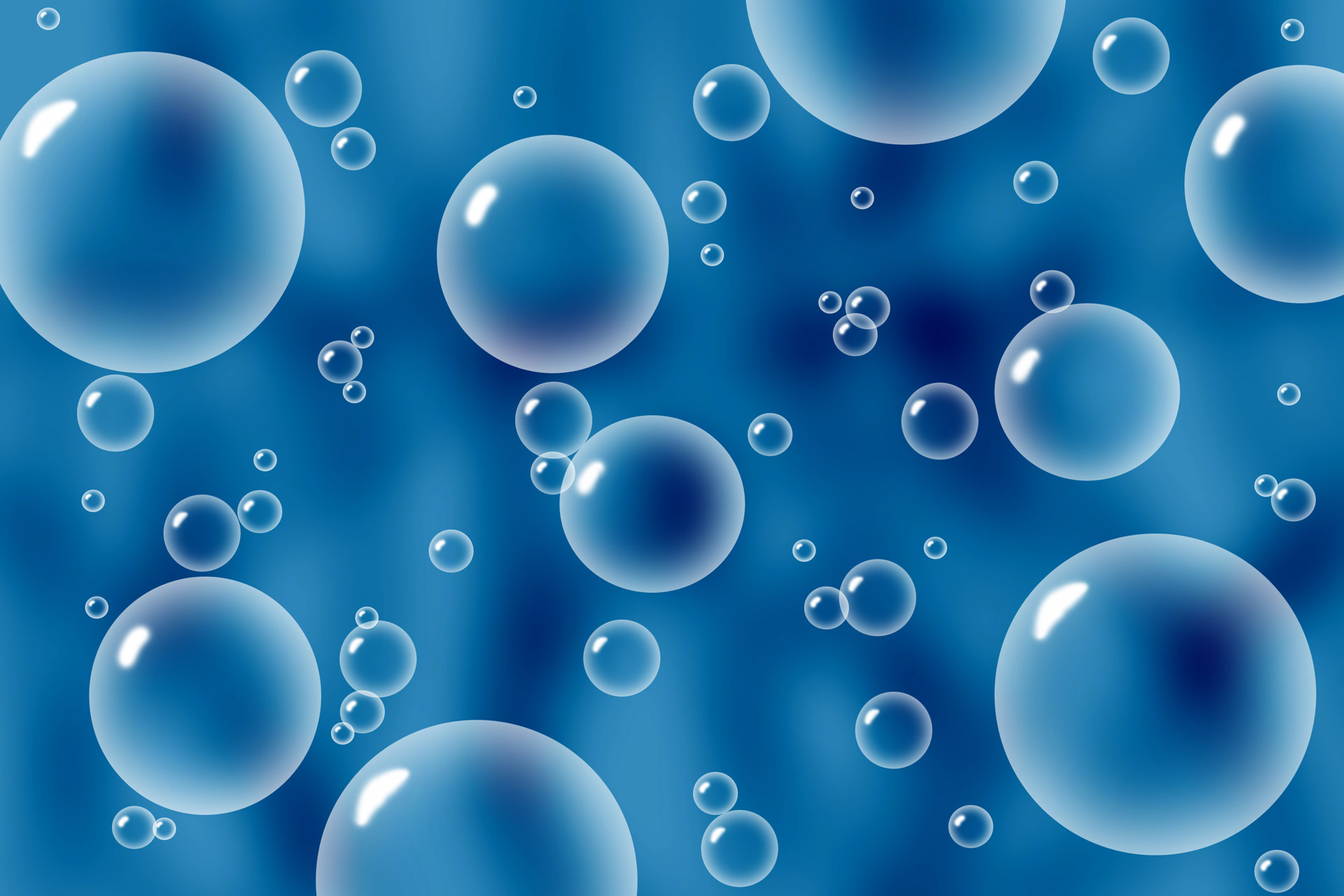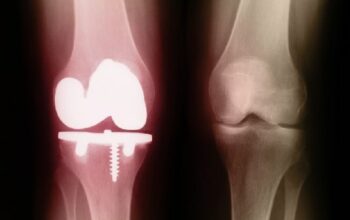The phenomenon of bubbles is a common yet fascinating subject of study in physics, particularly at the intersection of thermodynamics and fluid dynamics. Bubbles are essentially gas-filled cavities enclosed by liquid membranes; they represent a unique state of matter that reacts intriguingly to thermal variations. The analysis of bubble behavior under thermal stress reveals profound insights into the laws governing matter, energy transfer, and phase changes.
Initially, it is imperative to delineate the types of bubbles to be examined, as they can significantly influence thermodynamic behavior. Bubbles can be categorized by their size, composition, and the medium in which they form. Microscopic microbubbles, with diameters less than 100 micrometers, exhibit distinct physical properties compared to macroscale bubbles. Microbubbles are particularly relevant in applications such as medical imaging and wastewater treatment, where their enhanced surface area facilitates reaction kinetics. Conversely, larger bubbles encountered in natural environments or culinary contexts, such as those found in aerated beverages, display different collapse dynamics and thermal interactions.
In terms of thermodynamics, the behavior of bubbles is intricately linked to the principles of heat transfer. When subjected to thermal stimuli, the gas inside a bubble experiences a change in pressure and volume, as delineated by the ideal gas law. This law posits that at constant temperature, the volume of a given mass of gas is inversely proportional to its pressure. Consequently, as the temperature of the surrounding liquid diminishes, the kinetic energy of the gas molecules communicates a proportional reduction in bubble pressure.
Furthermore, the phenomenon of bubble collapse—specifically, the rapid retraction of the bubble structure—carries considerable implications for energy dissipation. When external conditions heat the liquid surrounding a bubble, the increase in temperature encourages gas expansion. Upon reaching a threshold of stability, the bubble might transition into a state of collapse, expelling the gas rapidly and generating shock waves. This explosive collapse can purportedly give rise to cavitation effects, which have been observed to induce localized heating and even sonoluminescence—an emission of light caused by the inertial collapse of bubbles in a liquid.
The thermal dynamics of bubble collapse can be understood through the analysis of enthalpy and entropy changes. When a bubble collapses, the liquid’s thermal energy is converted into potential energy as the bubble membrane contracts. This conversion can lead to a marked increase in temperature—an event that starkly illustrates the first law of thermodynamics, which stipulates that energy cannot be created or destroyed but only transformed from one form to another.
In practical applications, this understanding of bubble dynamics under thermal conditions is pivotal. It has profound implications across various fields, including fluid mechanics, biomedical engineering, and environmental science. For instance, in the realm of ultrasonic cleaning, the strategic manipulation of bubble collapse can optimize cleaning efficacy. As high-frequency sound waves induce bubble formation, their subsequent collapse within a solvent bath leads to effective particle removal from complex surfaces due to the micro-jets generated during implosion.
The notion of thermal cumulation within bubble systems also finds relevance in astrophysical contexts, particularly when examining celestial phenomena where bubbles of gas reach astronomical scales. These bubbles, often formed by stellar explosions, embody complex thermodynamic processes that can lead to significant energy release and influence surrounding matter. A nuanced understanding of bubble thermodynamics can unveil the underlying mechanics of stellar birth and death, thereby enhancing our comprehension of cosmic evolution.
Additionally, the thermodynamic properties of bubbles can serve as a barometer for assessing the stability of emulsions and foams in both food science and cosmetic formulations. The principle of coalescence highlights the tendency of smaller bubbles to collapse as they merge with larger ones, resulting in a reduction of overall surface area. This propensity is exacerbated under conditions of heightened temperature, which can hasten the destabilization of emulsions by reducing the viscosity of the liquid phase. Thus, the manipulation of temperature can be utilized as an innovative strategy to engineer stable formulations for commercial purposes.
Yet, the complex interplay of various factors governing bubble behavior can often lead to unpredictable outcomes. For example, when nanobubbles are introduced into liquids, they display unusual stability and resistance to dissolution, even when subjected to heat. This phenomenon manifests a distinct thermodynamic signature that warrants further exploration. Researchers are actively investigating the role of surface tension, temperature gradients, and particle interactions in determining the behavior of nanoscale bubbles. Such inquiries hold potential ramifications for numerous applications, from enhancing drug delivery systems to utilizing bubbles for efficient energy storage solutions.
In conclusion, the exploration of bubbles under the lens of thermodynamics reveals a remarkable tapestry of interactions dictated by thermal energy, pressure dynamics, and phase transitions. The study of bubble collapse and its accompanying phenomena extends far beyond mere observations; it provides vital insights into the mechanics that underpin both natural and engineered systems. Acknowledging the intricate thermodynamic principles at play not only enriches our comprehension of these fascinating structures but also paves the way for innovative applications across disciplines, ranging from the microscopic world of nanotechnology to the grand intricacies of cosmic formations. The continuous synthesis of experimental research and theoretical exploration will be essential in unlocking the mysteries of bubbles and their thermal behaviors, ultimately contributing to advancements in science and technology.










